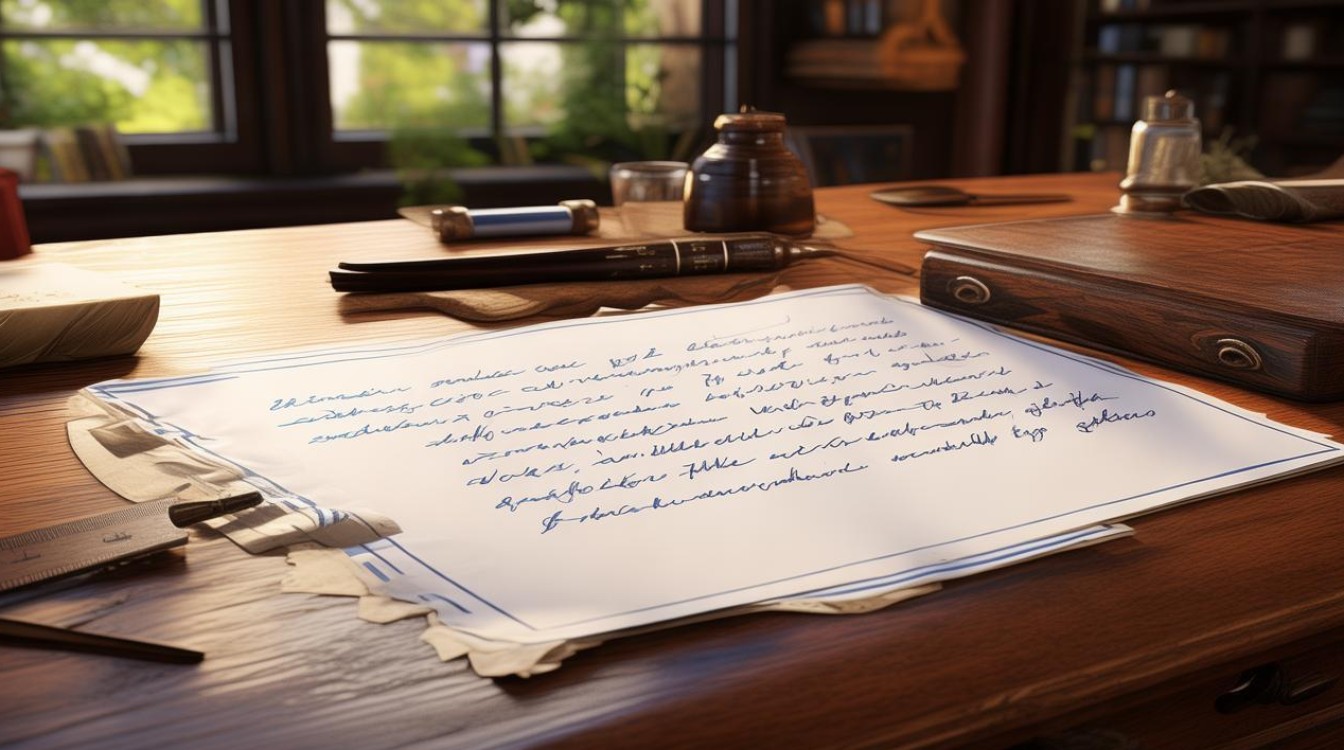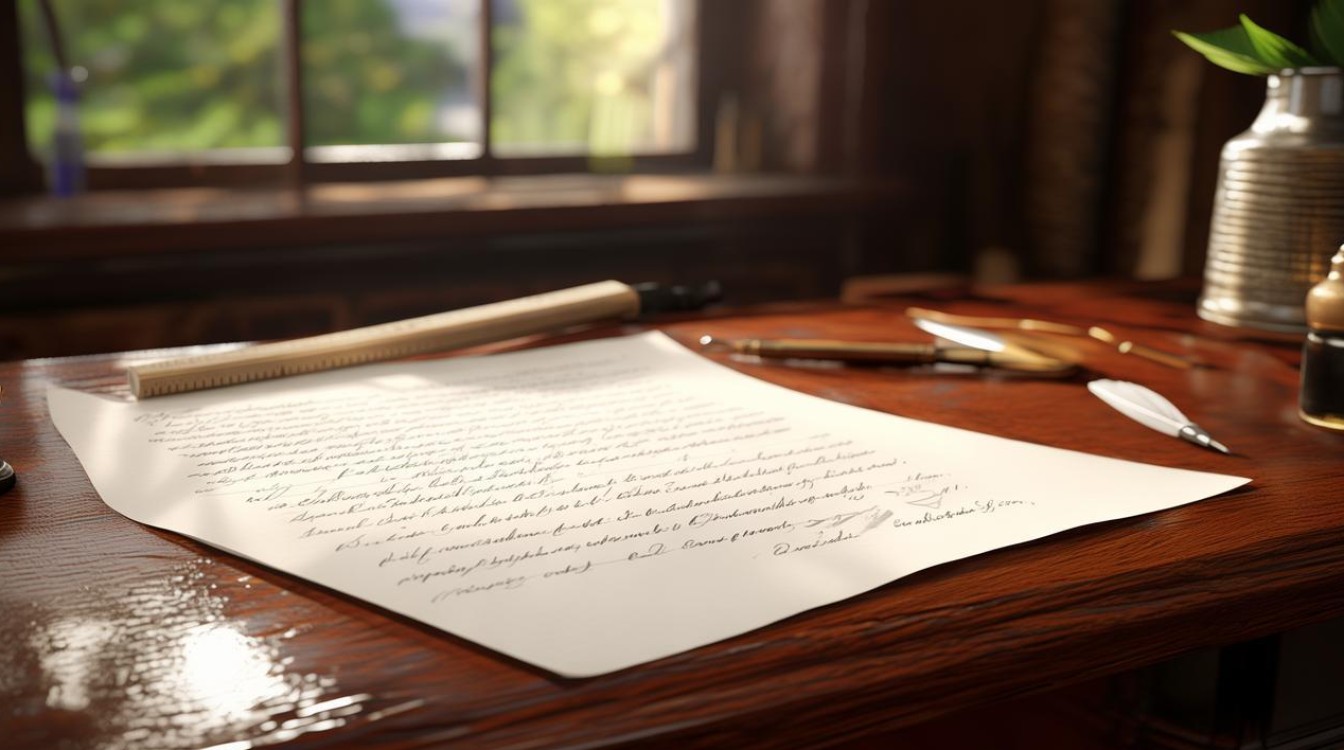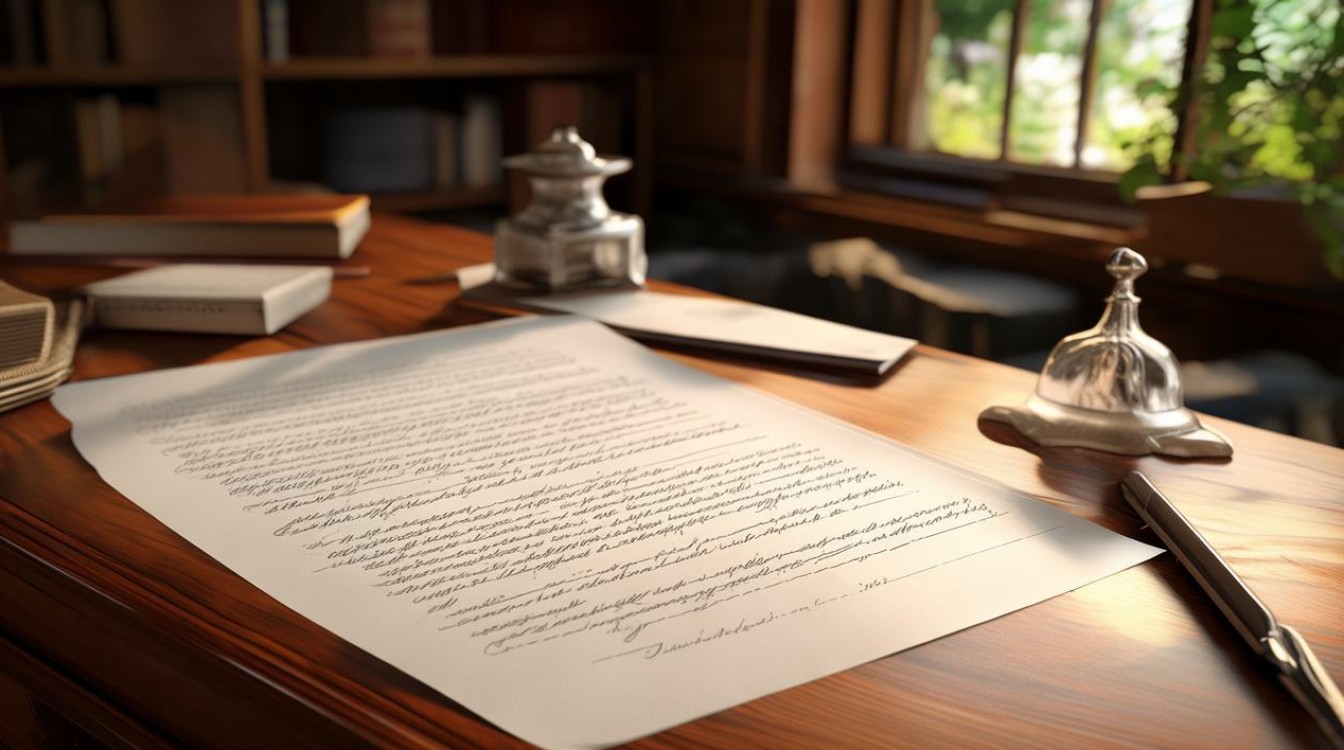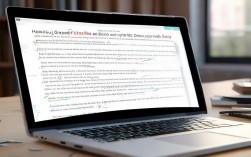In today's digital age, the art of writing a formal or informal letter in English remains a valuable skill. Whether for academic, professional, or personal purposes, understanding the structure of a letter ensures clarity and professionalism. This guide breaks down the essential components of an English letter, offering practical tips to help you master this timeless form of communication.

The Heading
The heading is the first element of a letter and includes the sender’s address and the date. In formal letters, this section is placed at the top right or left corner. The format should be clear and concise:
Example:
123 Maple Street
Boston, MA 02108
June 10, 2024
For informal letters, the address is optional, but including the date helps maintain context.
The Salutation (Greeting)
The salutation sets the tone for the letter. In formal letters, use titles such as Dear Mr. Smith or Dear Dr. Lee. If the recipient’s name is unknown, Dear Sir/Madam or To Whom It May Concern is acceptable.

For informal letters, casual greetings like Dear Sarah or Hi John work well. Always ensure the greeting matches the relationship with the recipient.
The Body
The body is the core of the letter, divided into three main parts:
Opening Paragraph
Introduce the purpose of the letter. A formal letter might begin with:
"I am writing to inquire about..."
An informal letter could start with:
"I hope you’re doing well! I wanted to share some news..."
Middle Paragraph(s)
Expand on the main points. In formal letters, maintain a professional tone with clear, structured sentences. For informal letters, a conversational style is appropriate.

Closing Paragraph
Summarize the key message and include any calls to action. A formal closing might be:
"I look forward to your prompt response."
An informal ending could be:
"Let me know what you think!"
The Complimentary Close
The closing phrase should align with the letter’s tone. Formal letters often use:
Sincerely,
Yours faithfully, (if the recipient’s name is unknown)
Informal letters allow more flexibility:
Best regards,
Take care,
The Signature
In formal letters, leave space for a handwritten signature above the typed name. For informal letters, a simple name suffices.

Types of Letters and Their Structures
Formal Letters
- Business Letters: Used for professional communication. Follow a strict format with clear headings and formal language.
- Cover Letters: Tailored for job applications, highlighting qualifications and interest in the position.
- Complaint Letters: Should be polite yet firm, stating the issue and desired resolution.
Informal Letters
- Personal Letters: Share news, express emotions, or maintain connections.
- Thank-You Notes: Short and heartfelt, appreciating someone’s kindness.
Common Mistakes to Avoid
- Incorrect Tone: Mixing formal and informal language can confuse the reader.
- Overly Long Sentences: Keep sentences concise for better readability.
- Missing Key Details: Ensure all necessary information is included, especially in formal letters.
- Poor Formatting: Use paragraphs and spacing to improve clarity.
Final Thoughts
Mastering the structure of an English letter enhances communication effectiveness. Whether drafting a job application or writing to a friend, a well-organized letter leaves a lasting impression. Practice these guidelines, and soon, letter writing will feel natural and effortless.
By refining this skill, you not only improve your written communication but also demonstrate professionalism and thoughtfulness in every message you send.



